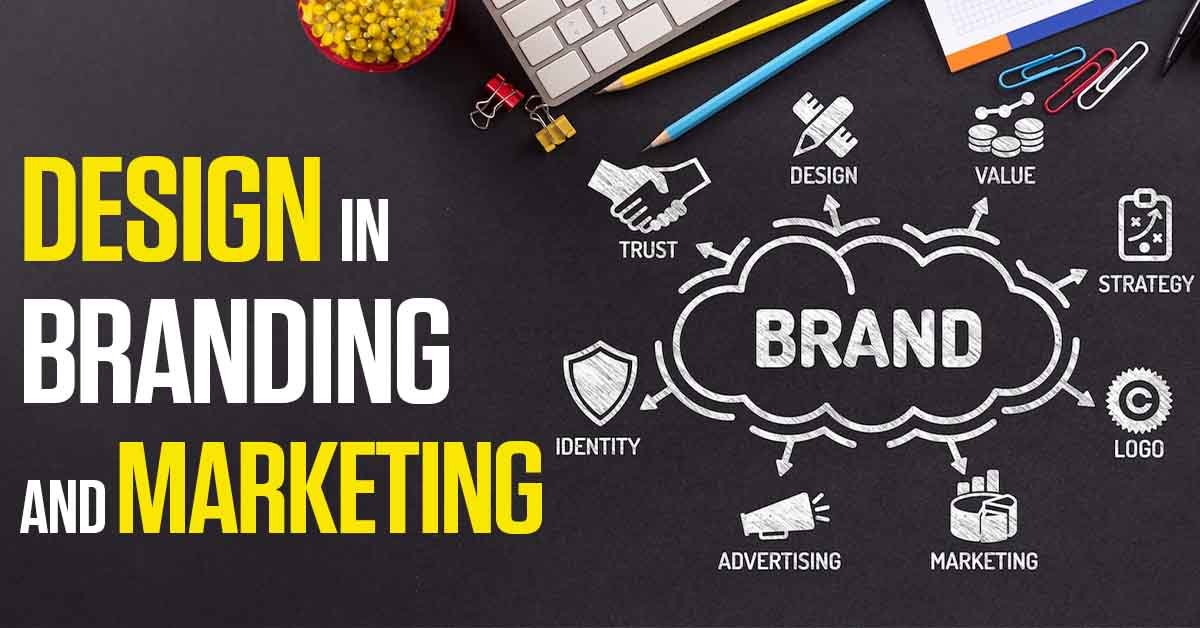In today’s visually-driven world, graphic design plays a crucial role in branding and marketing. It’s not just about making things look pretty; it’s about creating a visual identity that communicates a brand’s message, values, and essence. This detailed blog will explore the significance of graphic design in branding and marketing, how it influences consumer perception, and why it’s essential for business success.
What is Graphic Design?
Graphic design is the art and practice of planning and projecting ideas and experiences with visual and textual content. It involves creating visual compositions to solve problems and communicate ideas through typography, imagery, color, and form.
The Importance of Graphic Design in Branding
1. Establishing Brand Identity
Graphic design is pivotal in creating a brand’s visual identity. This includes the logo, color scheme, typography, and other visual elements that represent the brand. A strong visual identity helps distinguish a brand from its competitors and makes it easily recognizable.
- Logo Design: A logo is the face of a brand. It’s the first thing people notice and often the most memorable aspect. An effective logo should be simple, memorable, and reflective of the brand’s values and mission.
- Color Palette: Colors evoke emotions and convey messages. Choosing the right color palette is crucial as it influences how consumers perceive a brand. For example, blue often conveys trust and professionalism, while red can evoke excitement and passion.
- Typography: Fonts play a significant role in creating a brand’s personality. The right typography can convey the brand’s tone, whether it’s formal, casual, playful, or serious.
2. Building Brand Consistency
Consistency is key in branding. Graphic design ensures that all visual elements are consistent across all platforms and marketing materials. This consistency builds trust and recognition among consumers.
- Brand Guidelines: Creating a set of brand guidelines helps maintain consistency. These guidelines outline the proper usage of the logo, colors, fonts, and other visual elements.
- Unified Visuals: From business cards and brochures to websites and social media posts, consistent graphic design ensures that all touchpoints convey the same brand message.
3. Enhancing Brand Recognition
A well-designed brand identity makes it easier for consumers to recognize and remember the brand. Consistent use of visual elements across all platforms reinforces the brand’s presence in the consumer’s mind.
- Memorable Visuals: Unique and eye-catching designs make a brand stand out. Over time, consumers will associate these visuals with the brand, enhancing recall.
- Emotional Connection: Good graphic design can evoke emotions, creating a deeper connection between the brand and its audience.
The Role of Graphic Design in Marketing
1. Attracting Attention
In a crowded marketplace, grabbing the audience’s attention is critical. Graphic design helps create visually appealing marketing materials that stand out.
- Eye-Catching Ads: Whether online or offline, well-designed ads capture attention and convey the message quickly and effectively.
- Compelling Visual Content: Infographics, illustrations, and other visual content make complex information easier to understand and more engaging.
2. Communicating Messages
Graphic design is a powerful tool for communication. It can convey complex messages quickly and effectively through visuals.
- Visual Storytelling: Using images, icons, and graphics to tell a story can make the message more relatable and memorable.
- Clear and Concise Information: Well-designed visuals can break down complex information into easily digestible chunks, making it easier for the audience to understand.
3. Influencing Perception
The way a brand is perceived by its audience can be significantly influenced by its graphic design.
- Professionalism: High-quality design reflects professionalism and reliability, making consumers more likely to trust the brand.
- Brand Personality: Graphic design helps convey the brand’s personality, whether it’s fun, innovative, traditional, or modern.
4. Boosting Engagement
Engaging visuals are more likely to be shared on social media, increasing the brand’s reach and visibility.
- Social Media Graphics: Creating visually appealing graphics for social media can boost engagement and encourage sharing.
- Interactive Content: Interactive designs, such as quizzes and animations, can further engage the audience and keep them on the brand’s platform longer.
How to Leverage Graphic Design for Branding and Marketing
1. Hire Professional Designers
Investing in professional graphic designers can make a significant difference. They bring expertise and creativity to the table, ensuring high-quality designs that align with the brand’s vision.
2. Use Design Tools
Various design tools and software can help create professional-looking visuals. Tools like Adobe Creative Suite, Canva, and Sketch offer templates and resources for creating stunning designs.
3. Stay Updated with Design Trends
Design trends evolve, and staying updated can help keep the brand’s visuals fresh and relevant. However, it’s important to balance trends with timeless design principles to ensure longevity.
4. Test and Iterate
Design is an iterative process. Test different designs to see what resonates with the audience and be open to feedback. Continuous improvement is key to staying relevant.
5. Integrate Across All Platforms
Ensure that the brand’s visual identity is integrated across all platforms, from the website and social media to print materials and packaging. Consistency across all touchpoints reinforces the brand’s image.
Conclusion
Graphic design is an indispensable component of effective branding and marketing. It establishes a brand’s visual identity, ensures consistency, enhances recognition, and influences consumer perception. By investing in high-quality graphic design, businesses can create a strong brand presence, communicate their message effectively, and engage their audience more deeply. Whether you’re a startup or an established business, leveraging the power of graphic design can significantly contribute to your success.
By understanding and implementing the principles of graphic design in your branding and marketing efforts, you can create a memorable and impactful brand that resonates with your audience. Start today, and watch how compelling visuals can transform your brand’s presence and effectiveness in the market.
